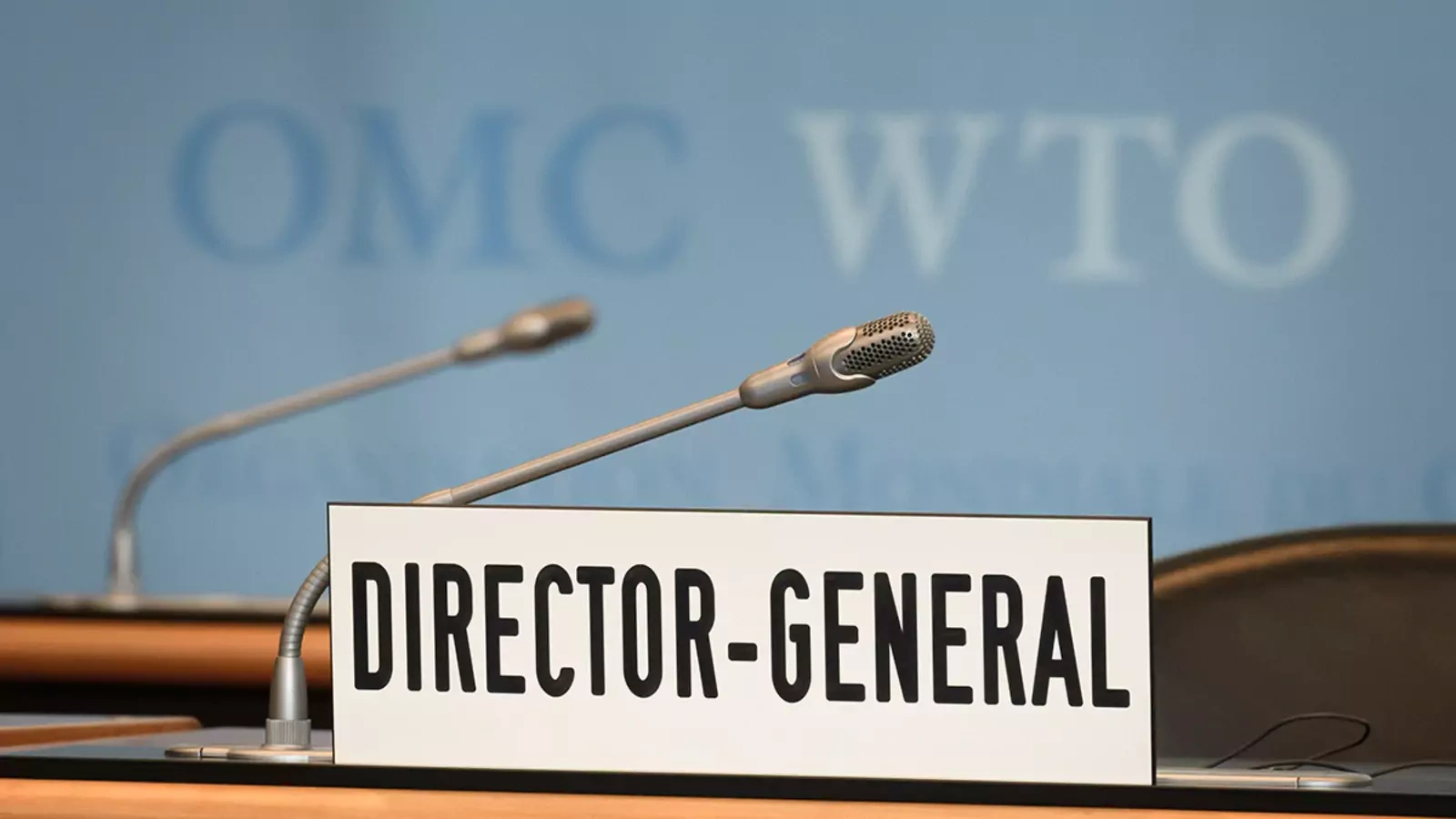By Ali Reza Sarwar
In September 2001, I had just arrived in Pakistan’s Quetta when 9/11 happened. Crossing the Spin Boldak border between Afghanistan and Pakistan, I saw Taliban soldiers for the last time. They checked us and took my brother’s overcoat as it seemed like a military uniform — it was not. Like thousands of other Afghans fleeing the country because of the group’s draconian rules and its overt policy of subjugating ethnic and religious minorities, I was also leaving my family behind in the pursuit of survival and a better, freer future. Waiting in Pakistan for Iran’s border to open, I watched the abrupt fall of the Taliban regime following the U.S. invasion and the opening of a new political trajectory in Afghanistan’s turbulent history.
Like many refugees longing to return home one day, I was excited and began to carve out a new future for myself. The post-Taliban period provided enormous opportunities for many Afghans and altered our fate and expectations forever.
I became the first in my family to graduate from high school and university. I went on to pursue graduate studies in the United States. I returned to Afghanistan, got a job, and tried my best to be part of Afghanistan’s recovery. We in the post-Taliban generation explored and experimented in ways generations before us never imagined. We exercised democracy by voting in several elections, and campaigned for our favored ideas and candidates. Men studied alongside women in schools and universities. We formed a multi-ethnic political identity inspired and cemented by shared values of democratic governance, political pluralism, observance of human rights, freedom of thought and expression, and respect for dissenting voices. We also freely protested and challenged the government when we felt that our rights were being violated.

